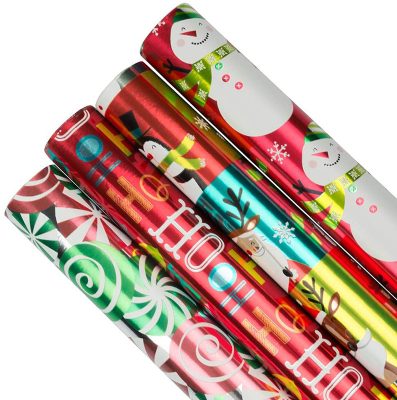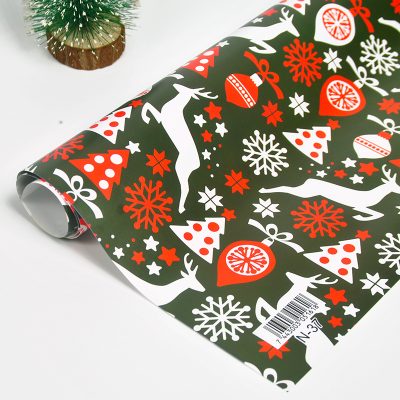1. What are the types of printing: usually offset printing, flexo printing, silk screen printing, and gravure printing.
2. What are generous paper, positive paper, and special-sized paper: large-sized paper refers to paper with a size of 1194*889 and a positive degree of 1092*787, and special-sized paper refers to paper of special specifications. Cut the paper into large and square, or cut into special specifications according to the needs of customers.
In addition, the magnificence of the printing factory after the smooth edge is generally 1190*880, and the positiveness is 1090*780. If the design is wrong or the layout is required to be special, you must say hello to the factory in advance, otherwise it will be opened according to the size.
3. What is a spot color and what is a four-color: a spot color refers to a specific color. When a spot color is printed, it is not a color synthesized by printing C, M, Y, and K, but a special color. The specific ink to print the color. Spot color inks are pre-mixed by the printing house or produced by the ink factory. For each spot color of the printed matter, there is a special color version corresponding to it during printing. Use spot colors to make colors more accurate. Such as: special gold, special silver, etc. Four-color refers to CMYK mode printing colors.
4. What to do when encountering a large area of black: It is best to put a color between 30-40 blue under the large area of black, or a similar dark color of 30-40, because in theory, black pressure is equal to any color black. The purpose is to prevent the printing from not being black enough and the appearance of small white spots.
5. Resolution used for printing: generally 300DPI. Of course the higher the clearer.
6. What is bleeding: This is actually very simple, but there are still many people who do not know what it means. The purpose of bleeding is to ensure accurate die-cutting. Common paper is generally 3mm, and corrugated is generally 5-7mm. Due to mistakes in design and imposition, the bleeding can be less, but it must be more than 1.5mm.
7. The minimum size of bronzing and silvering: generally guaranteed to be 0.3mm, and it can be between 0.1-0.2 if the technology is good.









